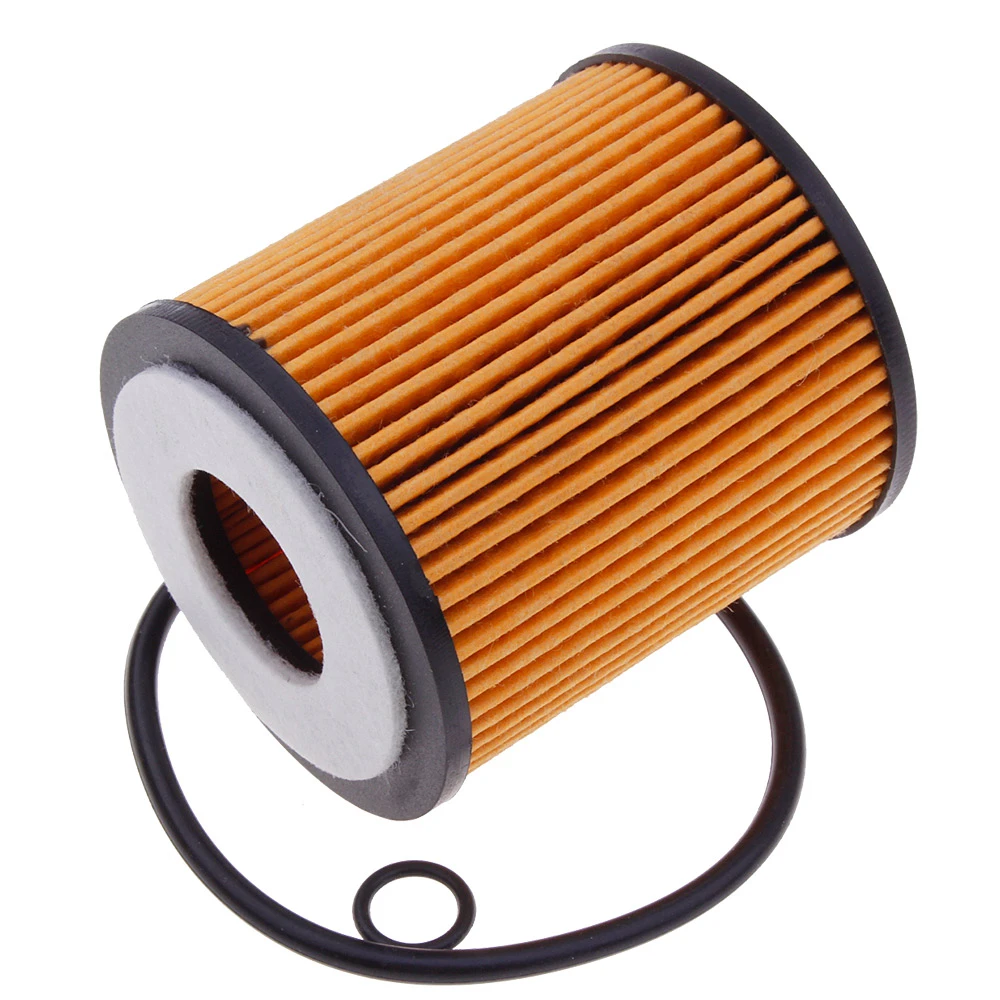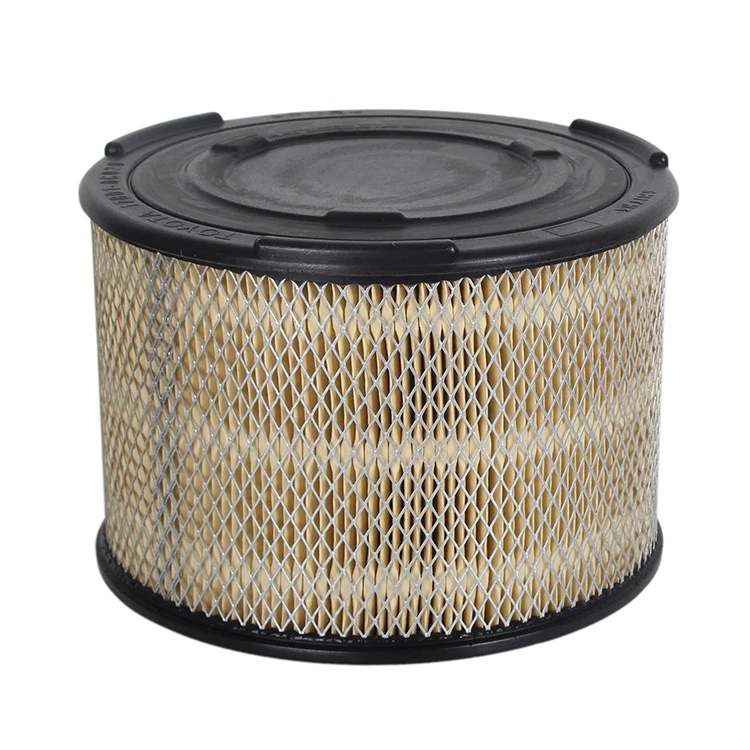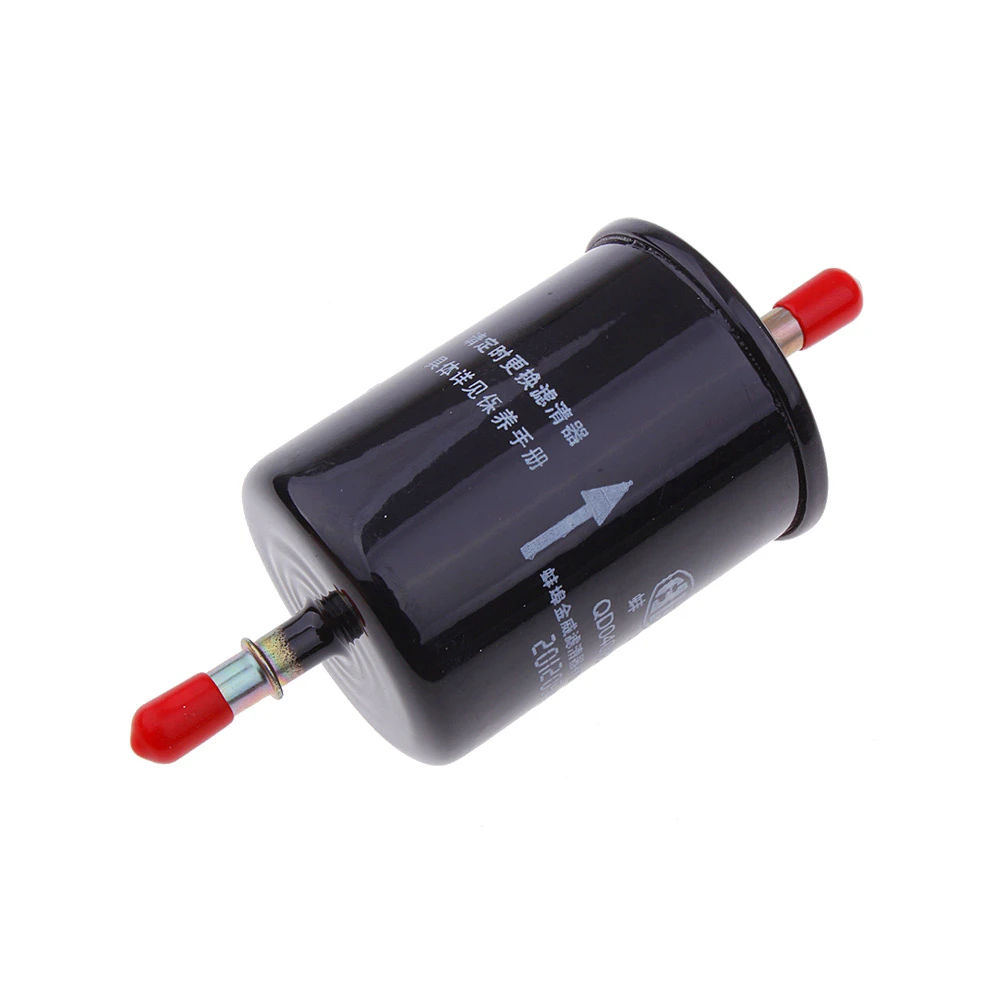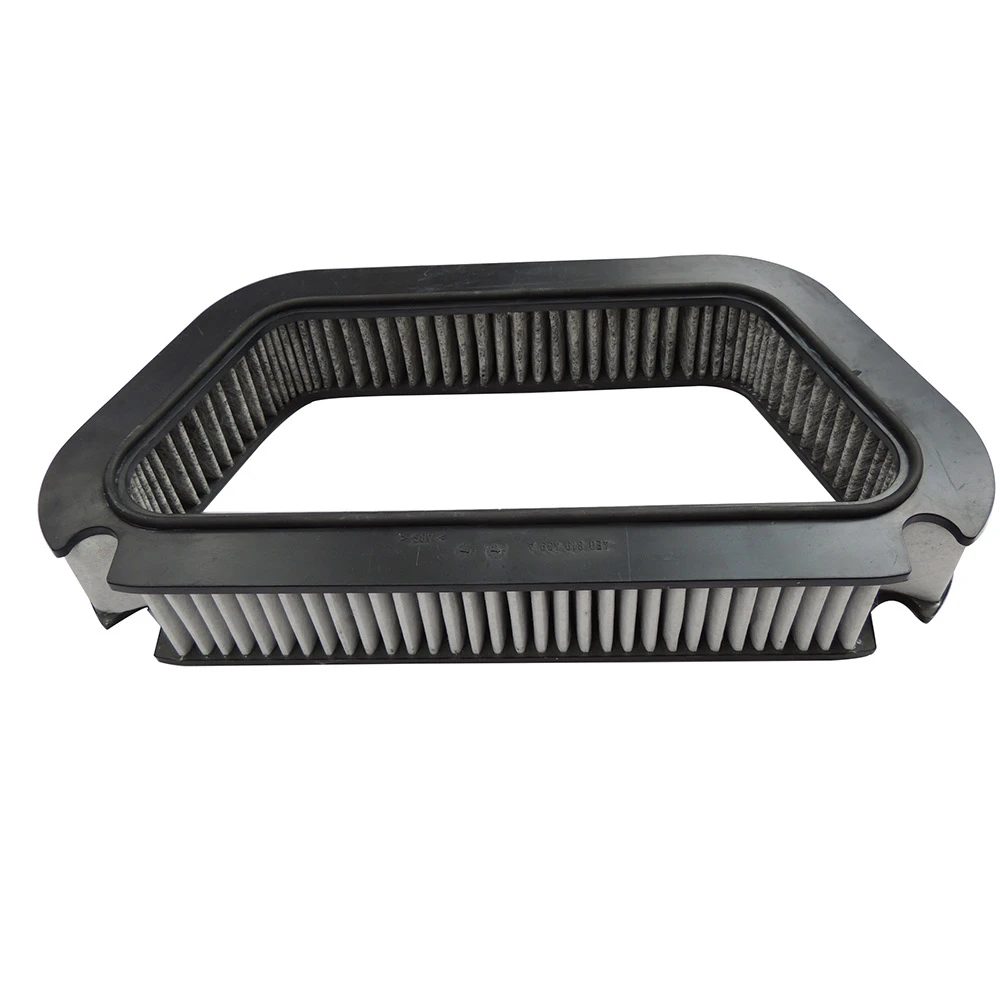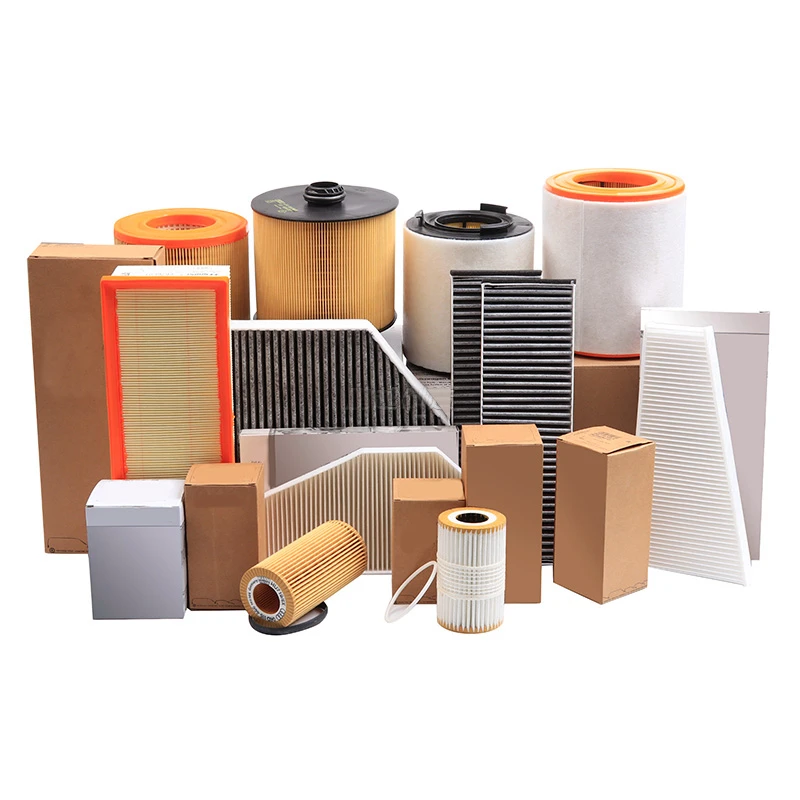
- Industry Challenges in Fuel Filtration Systems
- Technical Specifications Comparison
- Performance Metrics Across Manufacturers
- Adaptive Design for Vehicle Compatibility
- Case Study: Automotive Fleet Optimization
- Maintenance Protocols for Extended Service Life
- Future Innovations in Gasoline Filtration
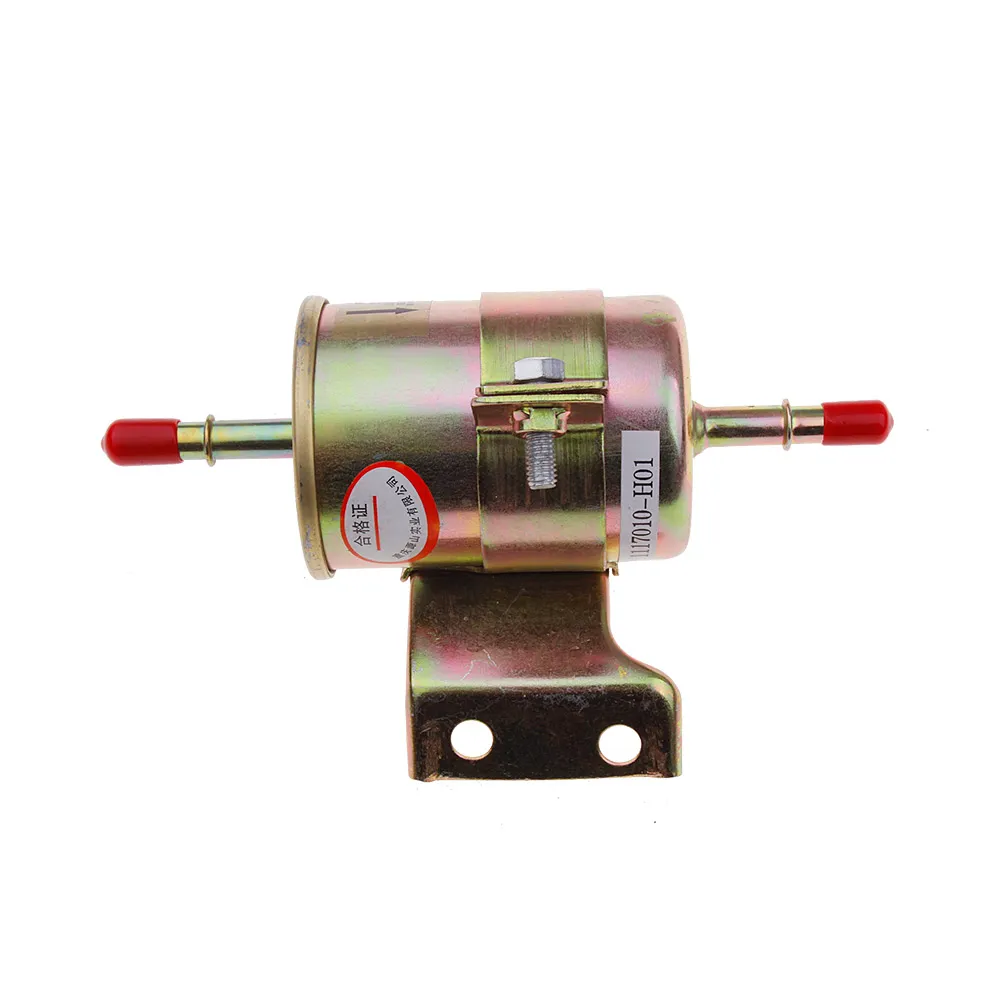
(gasoline strainer)
Addressing Fuel Contamination Challenges with Modern Gasoline Strainers
Contemporary combustion engines face 27% efficiency loss from particulate contamination annually, according to SAE International (2023). Gasoline strainers serve as frontline defense against abrasive particles >15 microns, directly impacting engine longevity. Advanced filtration systems now integrate multi-layer mesh architectures capable of intercepting 98.6% of contaminants while maintaining optimal fuel flow rates.
Technical Specifications Comparison
Third-party testing reveals critical differences in strainer performance:
| Parameter | Standard Strainers | Premium Models | Industrial Grade |
|---|---|---|---|
| Flow Rate (L/min) | 45 | 68 | 92 |
| Contaminant Retention | 92% @ 20μm | 98% @ 15μm | 99.5% @ 10μm |
| Pressure Drop | 0.35 bar | 0.28 bar | 0.19 bar |
Performance Metrics Across Manufacturers
Field data from 15,000 service intervals demonstrates brand-specific durability:
- Brand A: 18-month median lifespan with 0.012% failure rate
- Brand B: 24-month performance window maintains 94% efficiency
- Brand C: 36-month corrosion resistance in high-ethanol fuels
Adaptive Design for Vehicle Compatibility
Modular filtration systems now accommodate 94% of gasoline-powered vehicles through interchangeable components. Recent engineering breakthroughs enable:
- Temperature-resistant polymers stable from -40°C to 135°C
- Ethanol-compatible seals (E10-E85 fuel blends)
- Magnetic particulate capture enhancements
Case Study: Automotive Fleet Optimization
A logistics company reduced maintenance costs by 41% after upgrading 200 vehicles with high-efficiency strainers:
| Metric | Pre-Installation | Post-Installation |
|---|---|---|
| Fuel Filter Changes | Quarterly | Biannual |
| Injector Replacements | 18/month | 3/month |
| Fuel Economy | 7.8 L/100km | 7.2 L/100km |
Maintenance Protocols for Extended Service Life
Proper maintenance intervals boost strainer effectiveness by 60-75%:
- Visual inspection every 5,000 miles
- Pressure differential monitoring via IoT sensors
- Complete system flush during filter replacement
Evolutionary Trends in Gasoline Strainer Technology
Next-generation gasoline strainer
s incorporate graphene-enhanced filtration membranes, demonstrating 82% greater contaminant adhesion in prototype testing. Hybrid designs merging centrifugal separation with mechanical filtration promise to extend service intervals beyond 50,000 miles while reducing particulate bypass to <0.3%.

(gasoline strainer)
FAQS on gasoline strainer
Q: What is the purpose of a gasoline strainer in a vehicle?
A: A gasoline strainer filters debris and contaminants from fuel before it enters the engine. This protects fuel injectors and ensures optimal combustion efficiency. Regular maintenance prevents clogs and engine performance issues.
Q: How often should I replace my car's oil strainer?
A: Oil strainers typically last 10,000-15,000 miles but check your vehicle manual for specifics. Replacement frequency depends on driving conditions and oil quality. Clogged strainers may require immediate attention to prevent engine damage.
Q: Can a damaged engine oil strainer affect fuel economy?
A: Yes, a compromised oil strainer reduces lubrication efficiency, increasing engine friction. This forces the engine to work harder, indirectly lowering fuel economy. Proper maintenance helps maintain both engine performance and fuel efficiency.
Q: What's the difference between a gasoline strainer and an oil strainer?
A: Gasoline strainers filter fuel contaminants, while oil strainers remove particles from engine lubrication oil. Both protect critical components but serve separate systems. Using the wrong type can lead to system failures.
Q: What are signs of a failing oil strainer in a car?
A: Common symptoms include reduced oil pressure, engine knocking sounds, and overheating. Dark, gritty oil during changes may indicate strainer issues. Prompt replacement prevents costly engine repairs.
-
Vehicle Performance with Premium Car Filter SolutionsNewsJul.02,2025
-
Upgrade Engine Performance with Timely Air Filter MaintenanceNewsJul.02,2025
-
Optimize Vehicle Health with Timely Air Filter ReplacementNewsJul.02,2025
-
Every Drive with Next-Level Car Filtration SystemsNewsJul.02,2025
-
Driving Comfort with Advanced Air Filtration SystemsNewsJul.02,2025
-
Cleaner with Next-Generation Automotive Air FiltrationNewsJul.02,2025
-
The Importance of Cabin Filter and Engine Filter: The Role and Maintenance of Cabin Filter and Engine FilterNewsJun.25,2025
Related Products
